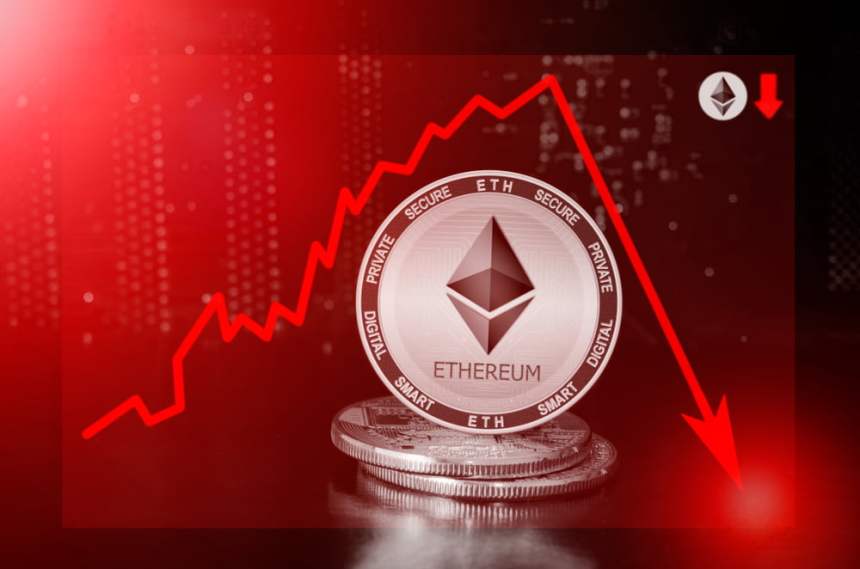The market capitalisation of the Ethereum network has fallen below the levels observed prior to its epic price run up in 2017. The total value of all Ether (ETH) tokens in existence now accounts for just less than eight percent of the entire cryptocurrency market.
At the height of Ethereum hype, the smart contract platform accounted for over a third of the wider digital currency market. This caused its proponents to claim that it would overtake Bitcoin in a so-called “flippening”.
Ethereum’s Fall from Grace
As highlighted by Twitter user @StopAndDecrypt earlier today, Ethereum’s share of the entire cryptocurrency market has fallen to just 7.86 percent. This is the lowest it has been since early March 2017.
https://twitter.com/StopAndDecrypt/status/1159114729203359744
High profile interest in the smart contract platform caused a lot of the hype that saw Ethereum’s rise to over a third of the entire digital currency market by June of the same year. Early announcements from the newly-formed Enterprise Ethereum Alliance announced the interest of big companies to investors eager to realise the kind of gains early Bitcoin speculators had seen. The likes of Toyota, Delottie, and the Royal Bank of Canada joined a host of other household names and blockchain startups as members of the organisation.
At a similar time, infighting over how to scale the network plagued the Bitcoin community. This likely contributed to Ethereum’s rising share of the market as many people diversified Bitcoin holdings into other projects fearing that a new technology would usurp Bitcoin’s position at the top before the number one cryptocurrency could address its own issues.
However, the so-called “flippening” (Ethereum overtaking Bitcoin), championed by many Ethereum proponents the time, never happened. Money flowed back into Bitcoin following its successful hard fork and those not aligned with its road path departed to work on Bitcoin Cash and later Bitcoin SV. Updates from the Enterprise Ethereum Alliance also slowed down and it emerged that many companies were interested in using private versions of Ethereum. Thus their involvement in the group would be unlikely to drive prices up with the launch of some killer application as many had hoped.
What’s more, the shortcomings of the Ethereum network were very publicly demonstrated at the tail end of the 2017 too. The first truly popular decentralised application launched on the blockchain, CryptoKitties, caused such a spike in network use that it ground to a halt. Clearly, Ethereum was a long way from supporting the kind of world-changing, never-stop applications that lured many early investors to back the project.
Since then, apart from a few blips, Ethereum’s market share has gradually declined to its current point before the Enterprise Ethereum Alliance made its big announcements. The bear market years, along with a lack of meaningful updates from developers and still no world-changing applications has caused investor interest to drop significantly. The beneficiary of this drop, and those of other so-called alt-coins, has been Bitcoin, which recently rose to its highest point of market dominance in over two years.
Related Reading: Bitcoin Dominance Moves to 2019 High: Is This The Start of Crypto Decoupling?
Featured Image from Shutterstock.
